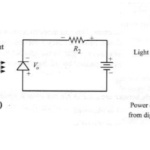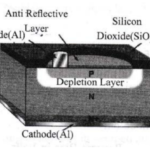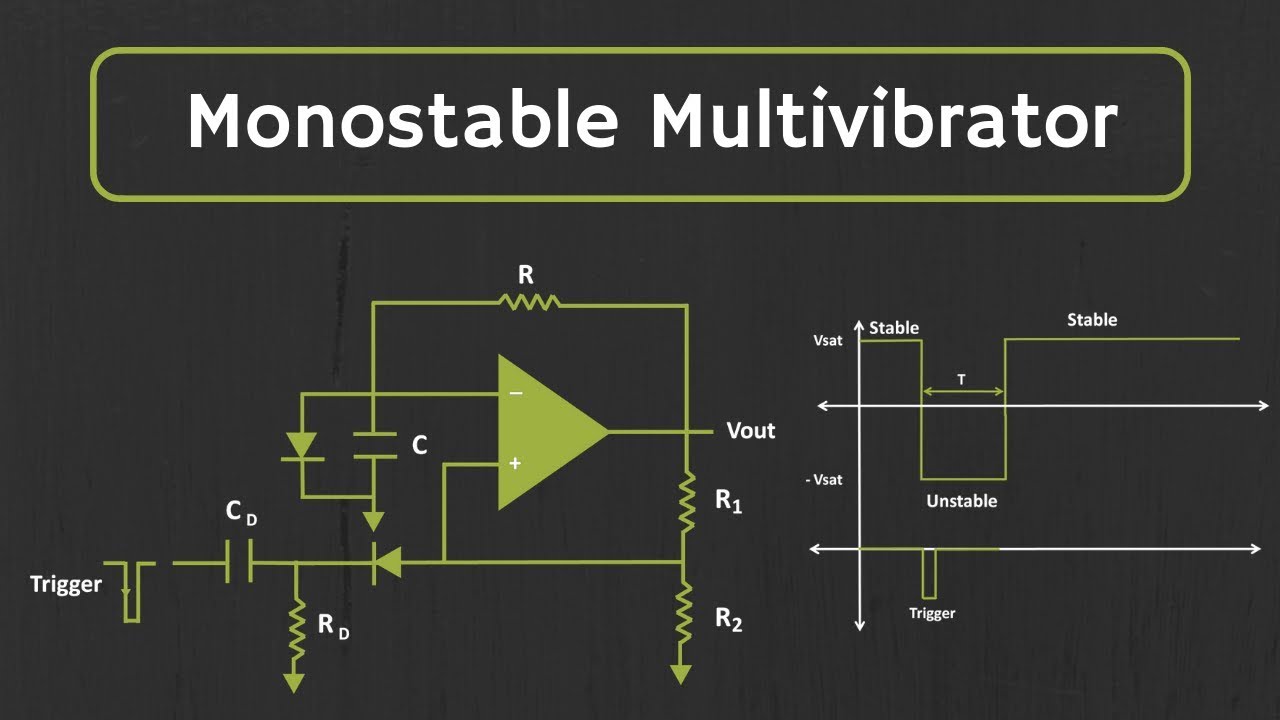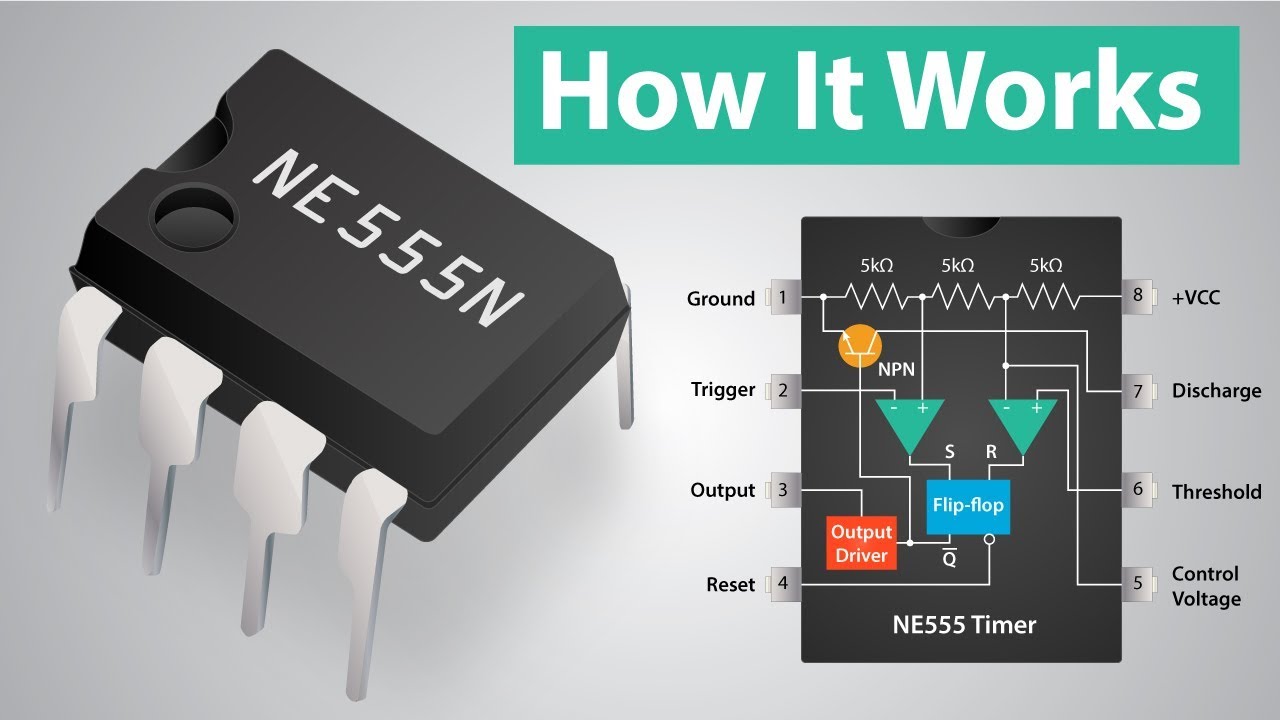The LED is a PN-junction diode which emits light when an electric current passes through it in the forward direction. A P-N junction can convert absorbed light energy into a proportional electric current. The same process is reversed here (i.e. the P-N junction emits light when electrical energy is applied to it). This phenomenon is generally called Electroluminescence.
Electroluminescence is the properly of the material to convert electrical energy into light energy and later it radiates this light energy. Different sizes of light emitting diodes are available in market form lmm2 to onward.
Construction
The semiconductor material used in LED is Galliurn Arsenide (GaAs), Gallium phosphide (GaP) or Gallium Arsenide Phosphide (GaAsP). Any of the above-mentioned compounds can be used for the construction of LED, but the color of radiated light changes with the change in material (for example, GaP material gives green/red color with forward voltage of 2.2V).
The semiconductor layer of P-type is placed above N-type because the charge carrier recombination occurs in P-type. Besides, it is the surface of the device, and thus, the light emitted can be easily seen on the surface. If P-type is placed below the N-type, the emitted light cannot be seen. The following Figure shows cross sectional view of diffused LED.

The P-type layer is formed from diffusion of semiconductor material. On the other side, in N-type region, the epitaxial layer is grown on N-type substrate. The metal film is used on the P-type layer to provide anode connection to the diode. Similarly, Gold-film layer is coated on N-type to provide cathode connection. The Gold-film layer on N-type also provides reflection from the bottom surface of the diode. If any significant part of radiated light tends to hit bottom surface then that will be reflected from the bottom surface to the device top surface. This increases LED’s efficiency.
Working Principle:
The charge carriers recombine in a forward-biased P-N junction as the electrons cross from the N-region and recombine with the holes existing in the P-region. Free electrons are in the conduction band of energy levels, while holes are in the valence energy band. Thus the energy level of the holes is less than the energy levels of the electrons. Some portion of the energy must be dissipated to recombine the electrons and the holes. This energy is emitted in the form of heat and light.
The working of the LED depends on the quantum theory. The quantum theory states that, when the energy of electrons decreases from the higher level to lower level, it emits energy in the form of photons. The energy of the photons is equal to the gap between the higher and lower level, as shown in the following Figure.
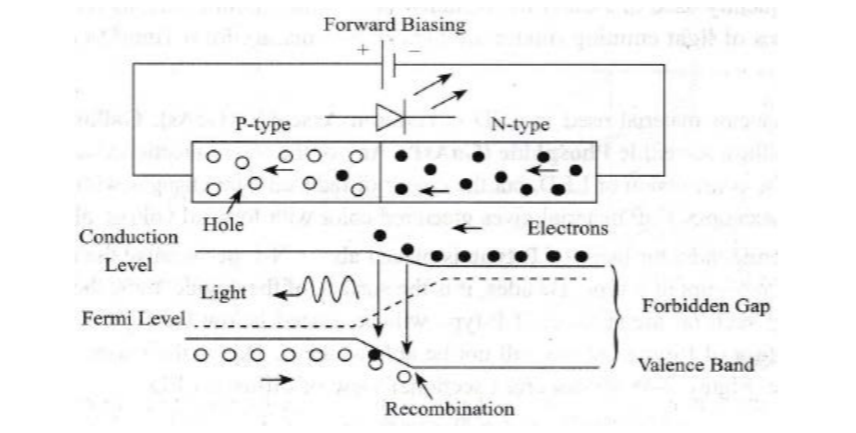
The LED is forward biased, which allows the current to flow in the forward direction. The flow of current is because of the movement of electrons in the opposite direction. The recombination shows that the electrons move from the conduction band to valence band and they emit electromagnetic energy in the form of photons. The energy of photons is equal to the gap between the valence and the conduction band. Color of light can be determined by the band gap of semiconductor material.
Applications:
- LEDs are used in remote control systems such TV or LCD remote.
- Used in traffic signals for controlling the traffic crowds in cites.
- Used in digital computers for displaying the computer data.
- Used in electronic calculators for showing the digital data.
- Used in digital watches and automotive heat lamps


